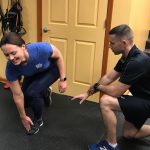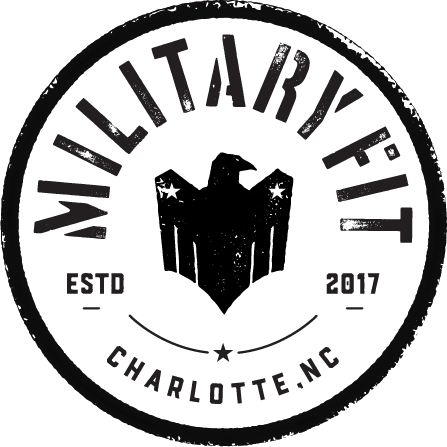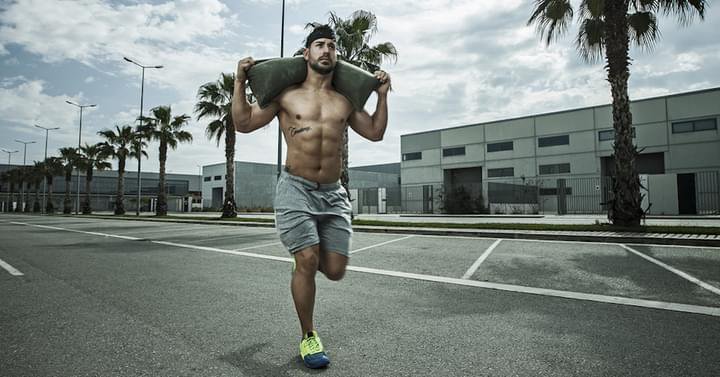Training proper movement patterns before training for specific training or performance requirements.
We all have watched the training routines of the professional athletes in our desired sports,
whether on YouTube or some online feed displaying their elite performance levels.
The athletic level of these professionals is impressive, but you should know that they did not get here with a magical workout. In the military, our elite performance levels also must come with hard work and dedication.
The best of the best move well and have put in the foundational work to perform at a high level. Before you begin training for a specific event or training goal, you need to start with the basic movements. These movements are simple, and you have been doing them since you were a toddler, but as you grow older, your daily activities lead to movement dysfunction.
How will you know if you move well? What are things to look for?
The first thing you should do is be honest with yourself about your movement. Start with observing yourself (Mirror, Camera on the phone) or having a workout partner give you feedback on your movement.
If you can have a formal assessment done, the movement professional would provide valuable feedback, but this is not a must. While you are looking at your movement, you should look at the main movement areas of the body: head, shoulders, hips, knees, and feet.
There are plenty of areas to observe, but if you look at these, you will be able to see if there are any movements that are painful to watch. This could be as simple as your knees caving in a while performing a squat or losing your balance in a lunge.
Imagine if you will, that if the movement looks that bad on a basic movement, how does it look when you add a ruck or a
person on your back during training. If there are movements that are painful to watch, you should strive to fix these movements before adding additional stress to your body. Ways to implement good movement and mobility work in your workouts.
The best way to work on correcting movement is by forming a solid warm-up that includes proper hinge movements, lunges, squats, pushing, and pulling movements. These foundational movements are found all over the most intense workouts, and in almost everything, you do during your daily activities.
Start your workout with things to prepare the body for focused and precise movements by doing movements that are like the exercises you will be doing. We, as Americans, spend so much time driving, texting, at computers, and even relaxing at home in the seated position. These repetitive motions often leave us with forwarding head posture, rounded shoulders, tight hamstrings, tight calves, and many other compensations.
For these reasons, it is good to include some form of stretching, foam rolling, and basic movements into your warm-up. There are many trains of thought on how what and why you should do the following, but we will cover that in future articles, an example of this could look like:
Foam Rolling: Glutes, Hamstrings, Calves, and Quadriceps.
Stretch: Hamstrings, Calves, and Quadriceps.
Dynamic Warm-Up:
Frankenstein Walks
Walking Calve Stretch
Walking Hurdler Stretch
Download Your Free 7 Workout revolutions below!
Written By: Coach Mallory

-Coach Mallory-
I am an active duty Marine, and I work as an instructor at officer candidate school in Quantico, Virginia. I began working with tactical athletes both as a unit leader and working with military and first responders out in the community.
I currently train military and law enforcement in the great D.C. metro area. I have worked with military units from various countries while traveling, sharing training methods and ideas both in their martial arts training and physical training methods. My most recent specialization was as an Alpha Warrior Obstacle Course Level I and Level II Certification. Alpha Warrior is the Army and Air Force’s new fitness programming push to prepare soldiers and airmen for tactical performance.
Some of my other specializations include: martial arts conditioning, corrective exercise, group fitness, precision nutrition, strength and conditioning, performance enhancement specialist, battle ropes, bodybuilding, kettlebells, and I am a Master Certified Fitness Trainer.



